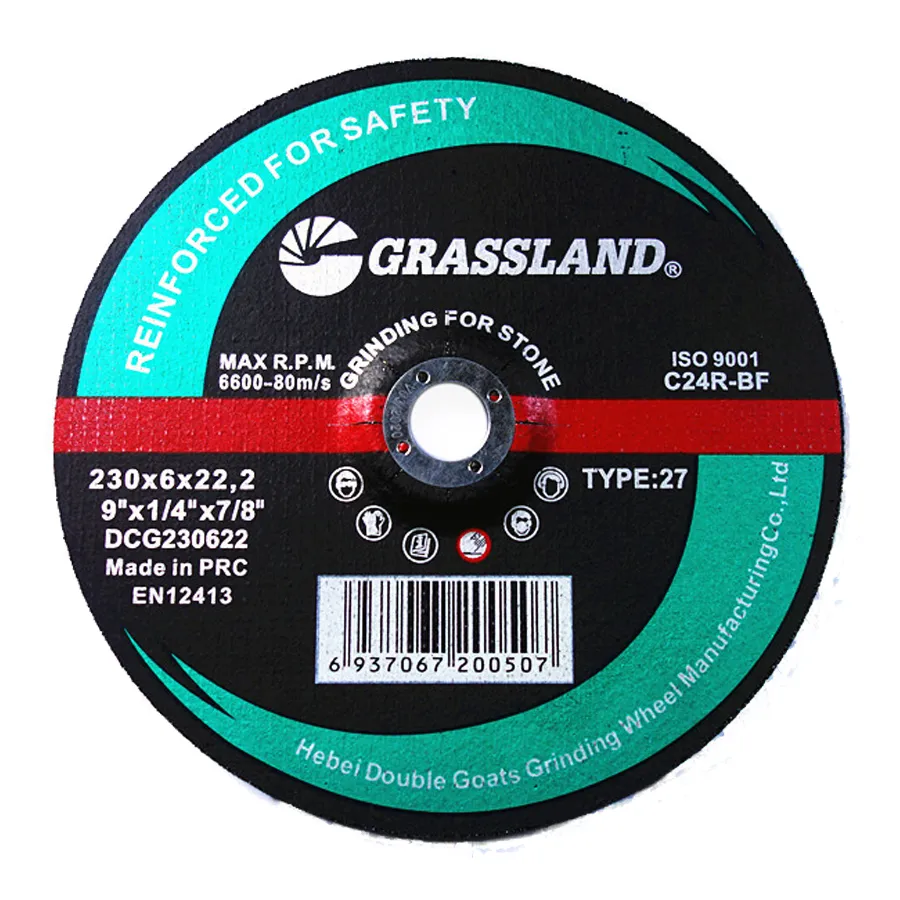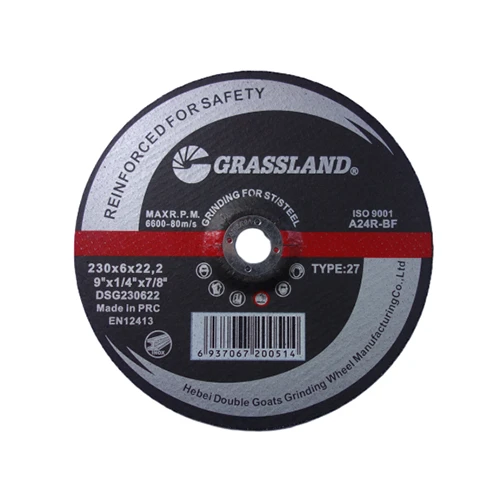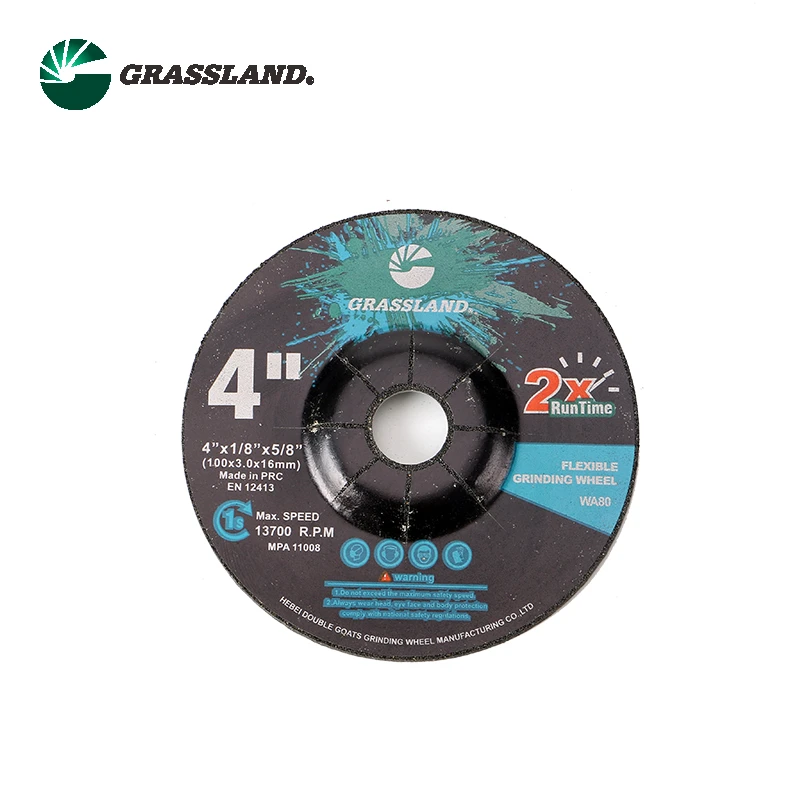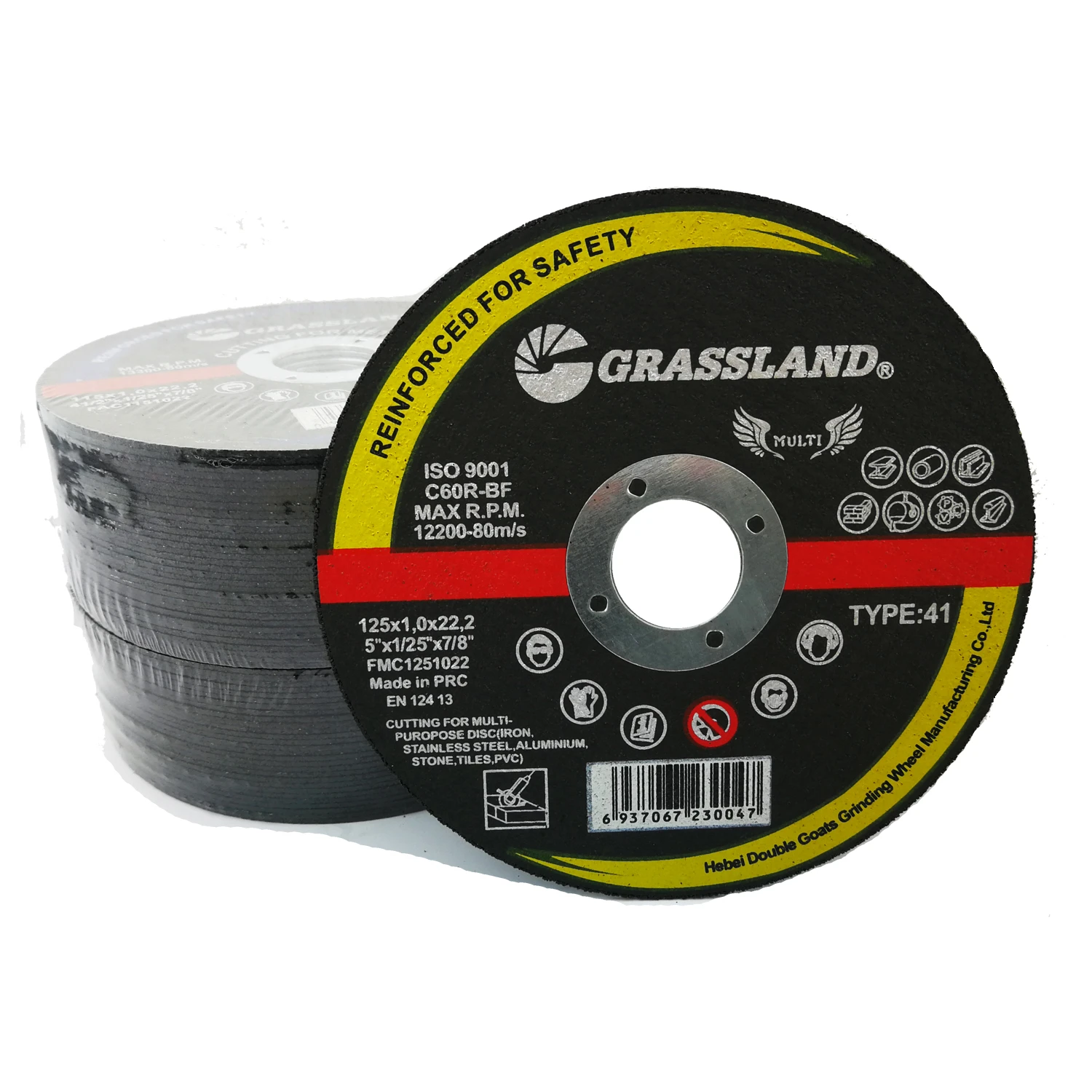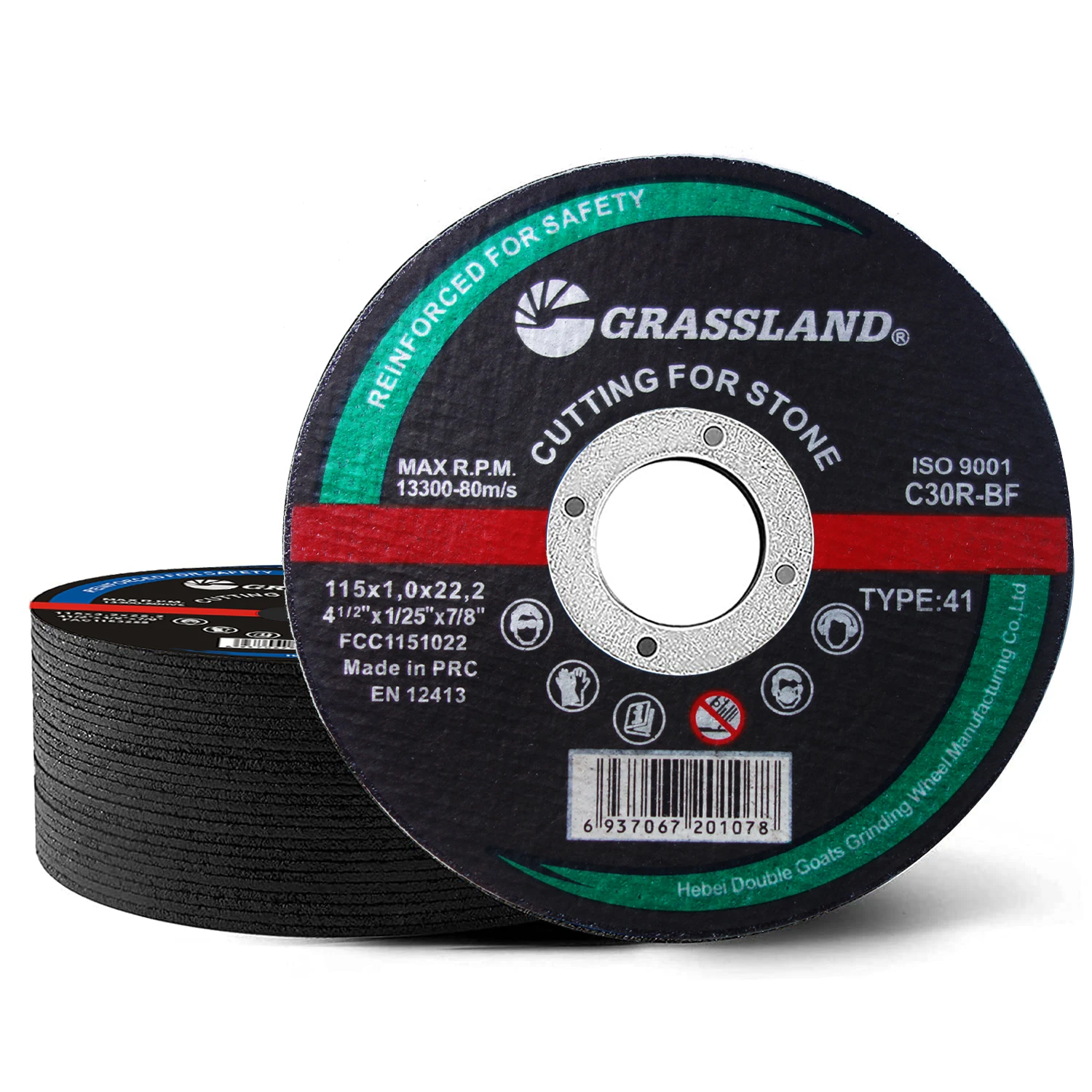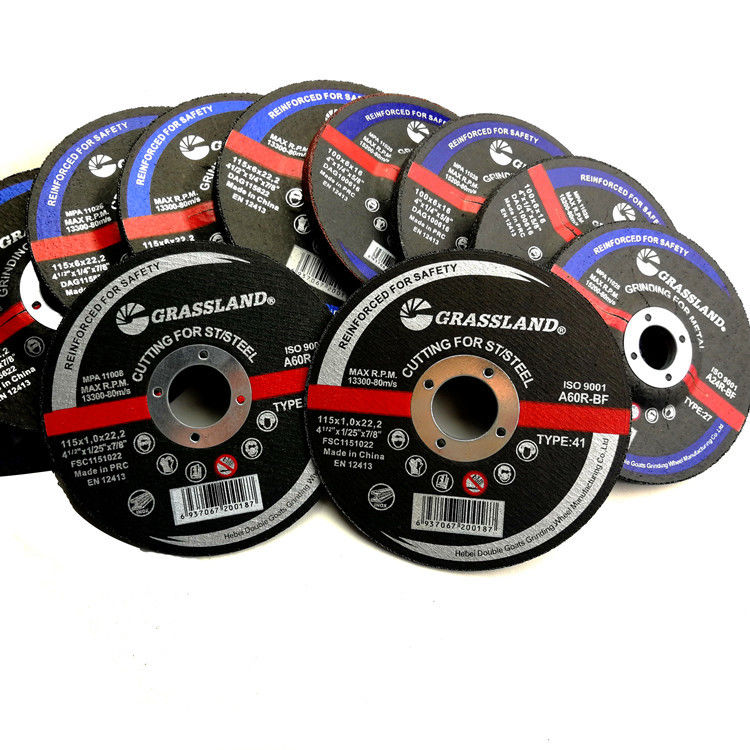- Understanding Grinder Discs for Metal: Types and Core Applications
- Technical Advancements in Abrasive Material Composition
- Performance Metrics: Cutting Speed vs. Disc Longevity
- Leading Manufacturer Comparison (2023 Industry Data)
- Custom Solutions for Industrial vs. DIY Scenarios
- Operational Safety and Compliance Standards
- Optimizing Metalwork Outcomes with Specialty Grinder Discs
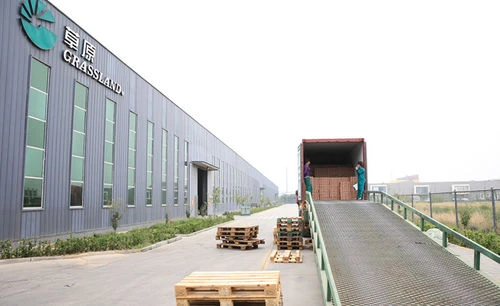
(grinder disc for metal)
Grinder Disc for Metal: Precision Tools for Industrial Efficiency
Modern metal fabrication demands specialized abrasives, with grinder discs for metal achieving 23% faster material removal than generic alternatives (Global Abrasives Report, 2023). These discs utilize aluminum oxide or zirconia grains bonded at 12,000-15,000 PSI, ensuring structural integrity during high-RPM operations. Industrial users report 40% reduction in tool change frequency when using purpose-built metal grinding discs versus multipurpose variants.
Material Innovation in Abrasive Technology
Breakthroughs in composite materials now enable 0.2mm precision grinding for aerospace alloys. Ceramic alumina formulations demonstrate 58% longer service life in continuous metal grinding applications compared to traditional aluminum oxide discs. Diamond-coated edge variants achieve 90% dust reduction through patented groove designs, critical for OSHA-compliant workshops.
Performance Benchmarking Analysis
Third-party testing reveals critical tradeoffs: 7-inch fiber-reinforced discs cut 304 stainless steel at 38mm/s but sustain 12% lower maximum RPM than resinoid-bonded alternatives. Optimal balance occurs with hybrid discs combining 70% ceramic grains and 30% zirconia, delivering 600-square-inch metal removal before replacement.
2023 Manufacturer Comparison Table
| Brand | Disc Type | Avg. Lifespan (hrs) | Cut Rate (mm/s) | Compatibility |
|---|---|---|---|---|
| AlphaGrit Pro | Zirconia | 8.7 | 42 | All angle grinders |
| SteelMaster HD | Ceramic Alumina | 11.2 | 37 | ≥5" grinders |
| DiaEdge Ultra | Diamond-Coated | 25.4 | 29 | Variable-speed units |
Application-Specific Customization
Shipbuilding contractors require 9mm-thick discs with reinforced centers (ISO 60311-certified) for hull grinding, while automotive shops prioritize 0.6mm slim profiles for panel work. Custom laser-etched wear indicators now help maintenance teams predict disc replacement within ±15-minute accuracy.
Safety Protocols and Certification
EU EN 12413 standards mandate maximum 80m/s operating speeds, with premium discs undergoing 72-hour endurance testing. Proper storage in humidity-controlled environments (<40% RH) extends shelf life by 18 months. Always verify ANSI B7.1 markings before mounting.
Grinder Sanding Disc for Metal: Achieving Surface Perfection
Advanced P800-P2500 grit sanding discs now enable mirror finishes on titanium substrates, reducing post-processing labor by 65%. Automotive manufacturers using structured abrasive discs report 0.02µm Ra surface consistency across production runs. For heavy stock removal, coarse-grit metal polishing discs for grinders maintain stable cutting angles up to 45° without edge chipping.
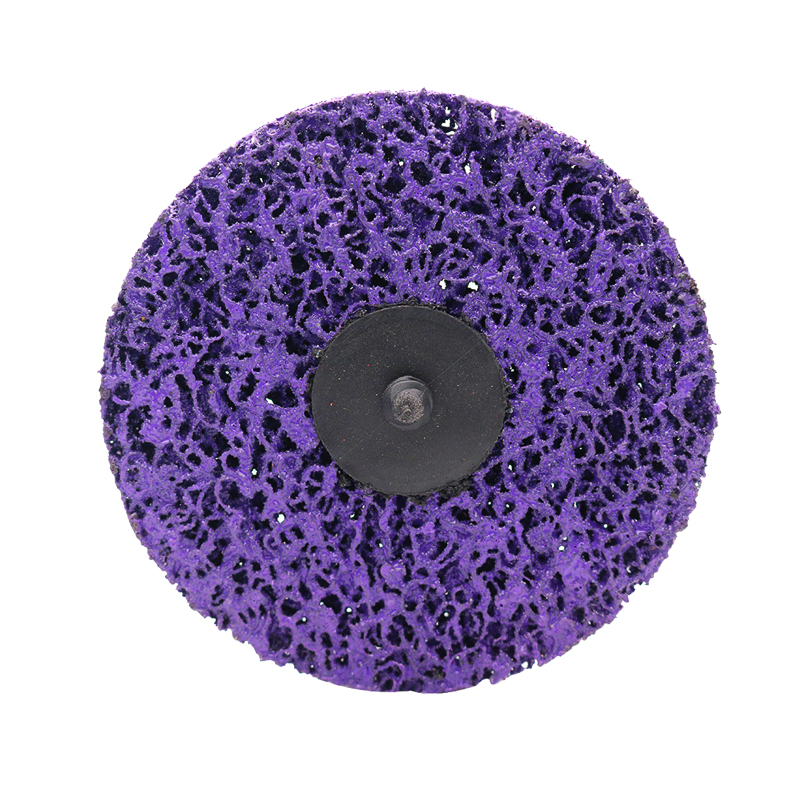
(grinder disc for metal)
FAQS on grinder disc for metal
Q: What is the difference between a grinder disc for metal and a standard grinding disc?
A: A grinder disc for metal is specifically designed to handle the hardness and heat of metalwork, while standard discs may be intended for softer materials like wood or stone. Metal-specific discs often use abrasive materials like aluminum oxide or zirconia for durability.
Q: Can a grinder sanding disc for metal be used for polishing applications?
A: No, grinder sanding discs for metal are designed for material removal or surface smoothing, not polishing. For polishing, use a dedicated metal polishing disc for grinders with finer grit or non-woven abrasives.
Q: How do I choose the right angle grinder metal sanding disc for my project?
A: Select a disc based on the metal type, desired finish, and grinder speed. Coarse grits (24-60) are ideal for heavy material removal, while finer grits (80-120) work for smoothing surfaces before polishing.
Q: Are metal polishing discs for grinders safe to use on stainless steel?
A: Yes, but ensure the polishing disc is labeled for stainless steel to avoid contamination from iron-containing abrasives. Use progressively finer grits and apply polishing compounds for a mirror finish.
Q: What safety precautions are necessary when using a grinder disc for metal?
A: Always wear protective gear (gloves, goggles, and a face shield), secure the workpiece, and check the disc for damage before use. Avoid excessive pressure to prevent disc shattering or overheating the metal.
Post time:May - 27 - 2025







